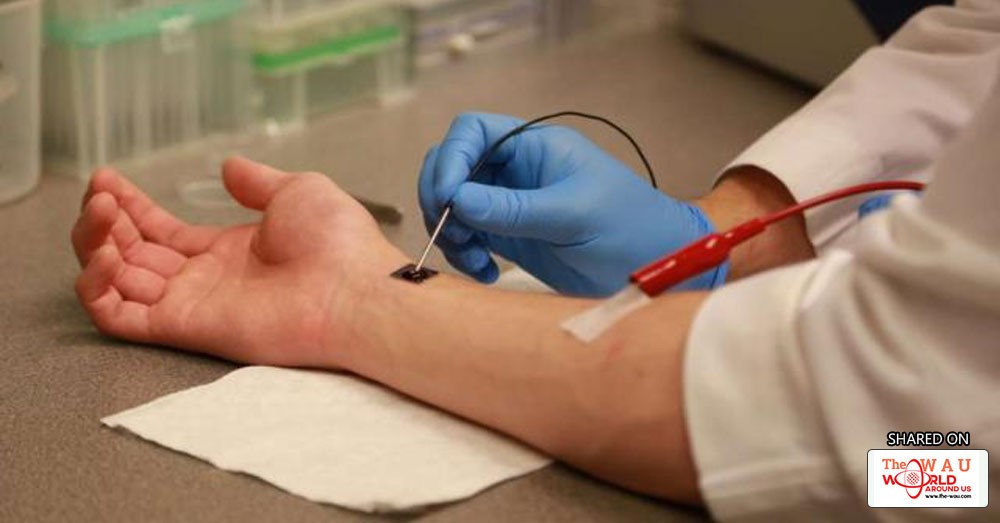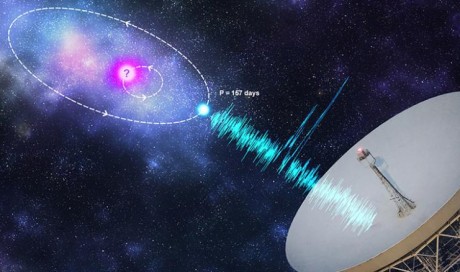Researchers from Ohio State University have announced the development of an incredible new technology referred to as tissue nano transfection, or TNT, which can heal damaged tissue in the space of a ‘fraction of a second.'
New Nanotreansfection Device Heals Organs And Tissue In A 'Fraction Of A Second'
According to the researchers, the process is fairly simple to implement. A silicon chip, the size of a medium coin, is placed on the surface of the damaged skin. Following that, a strong electrical field is then passed across the device which delivers genes to the skin cells underneath. This turns the skin of the patient into a kind of ‘biorector’ which allows for the skin cells to morph into different kinds of cells which can repair damage at the site or even in another region in the body.
As the technology is reportedly so simple to use, it is hoped that its use will not be limited to a hospital or a laboratory setting according to Chandan Sen, the director of the Center for Regenerative Medicine and Cell-Based Therapies. This means that it could be used by members of the emergency services or medics in warzones in the future.
At this current time, the researchers are still waiting to gain official approval from the FDA to proceed with human testing of the technology. However, they have reported that they have already experienced some very successful tests with the devices using mice in clinical trials. The trials saw the researchers using TNT to repair cut arteries on some of the mice’s legs and that it even proved successful in treating brain damage caused by a stroke in one of the animals.
Scientists have been aware of how to reprogram cells into changing their function in the past, but they have not been able to achieve it before without using stem cells or viruses as a delivery system for the new cells. In this way, the new technology is a great deal more efficient than anything that has ever come before it.
Despite the extraordinary breakthrough that this technology represents, researchers would still like to see it improved upon in the future. According to Dr. Axel Behrans of the FrancisCrick Institute in London, the device must be refined further to tackle damage lying deepinside the body. At this current time, the device can only be used on the skin.
Share This Post












